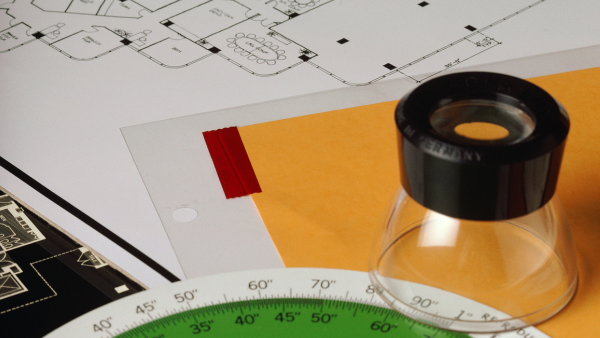
Commercial printing is a crucial aspect of today’s business environment, allowing organizations to produce high-quality products at a low cost. It’s a complicated process with numerous steps and variables, but what precisely goes into producing a successful print job? To address that question, let’s take a deeper look at the process’s essential steps. We’ll also discuss which printing method is most typically utilized for business projects and why it has grown in popularity. With this knowledge, you may make informed judgments concerning your own printing requirements.
Commercial printing is divided into three stages: prepress, press, and post press. In this section, we’ll go through each step in detail so you can see how the printing process works.
- Prepress
Prepress is the initial step in the commercial printing process, where all the planning and preparation occur. The majority of the prepress work is done on a computer.
Composition, typography, graphic arts photography, file formatting according to industry standards, and picture assembly are all part of this process. These prepress techniques prepare a printed image concept for conversion into an image carrier, such as a plate, cylinder, or screen.
- Press
When the prepress stages are finished, it’s time to go on to the press stage, when the actual printing takes place. During this phase, the presses are set up and the image is printed onto a substrate (such as paper or plastic) using either an offset printing press or a digital press.
The type of substrate utilized determines the specific press arrangement for each project. To obtain the desired appearance on various materials, you may need to use a different printing plate or ink colors than typical. D It’s also critical to ensure that everything is properly aligned during this process as any misalignments or color shifts might destroy an entire print run.
- Press Release
After the printing is completed, the post-press step begins. Trimming, folding, scoring, and binding are all part of this stage. It comprises embossing, die-cutting, varnishing, laminating, and other finishing operations. These methods produce a certain look or feel, such as a glossy sheen or a unique form.
Finally, post-press procedures entail packaging printed items for shipment or keeping them until they are ready for distribution. This stage is about ensuring that your prints arrive in perfect shape and look precisely as you planned.
AOLCC offers flexible, online Technology diploma programs that can be finished in only one year. If you subsequently decide to pursue a complete degree, it can also count toward a certificate and Diploma in Technology. Future savings on a degree might amount to an entire year!

